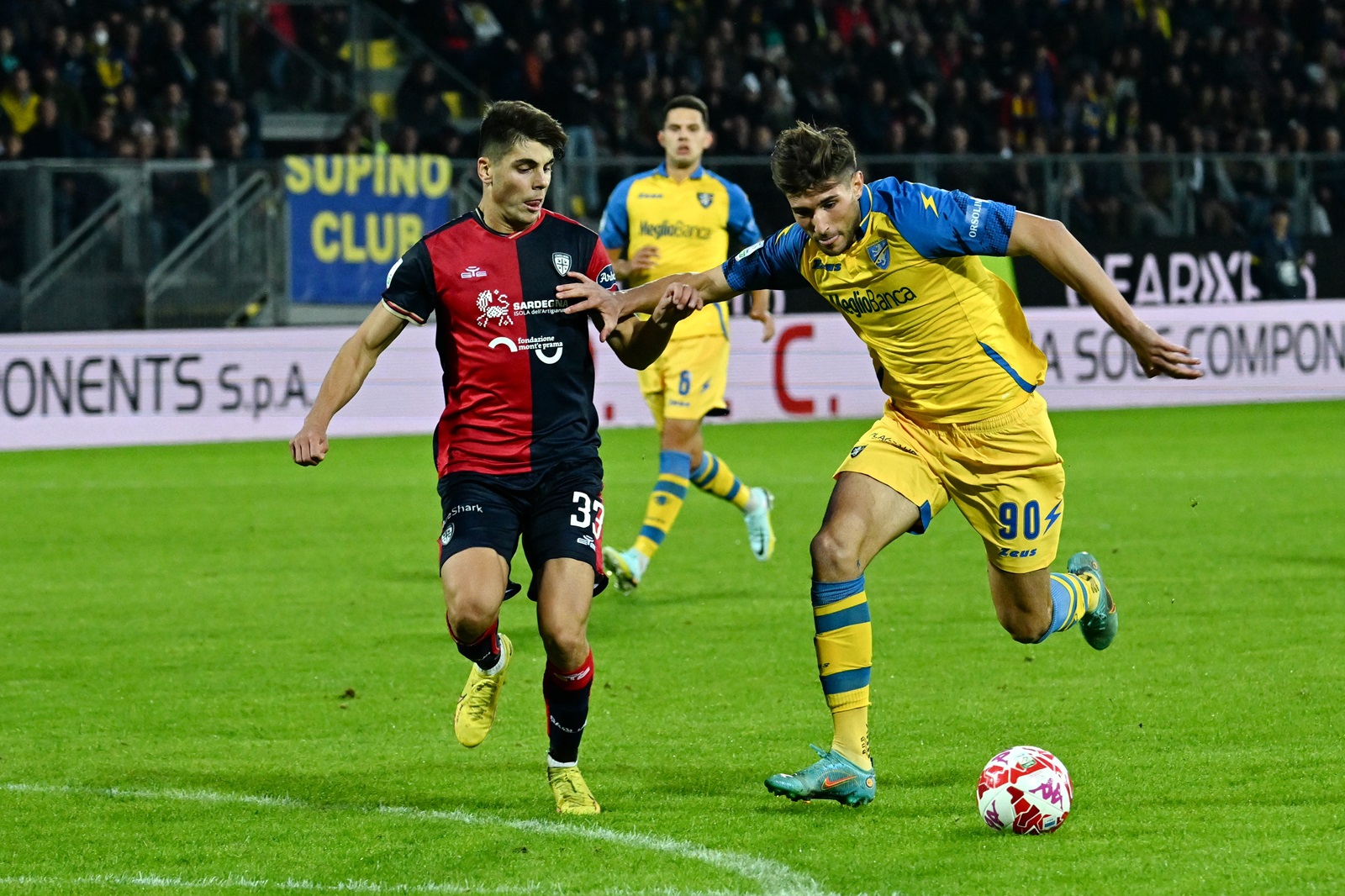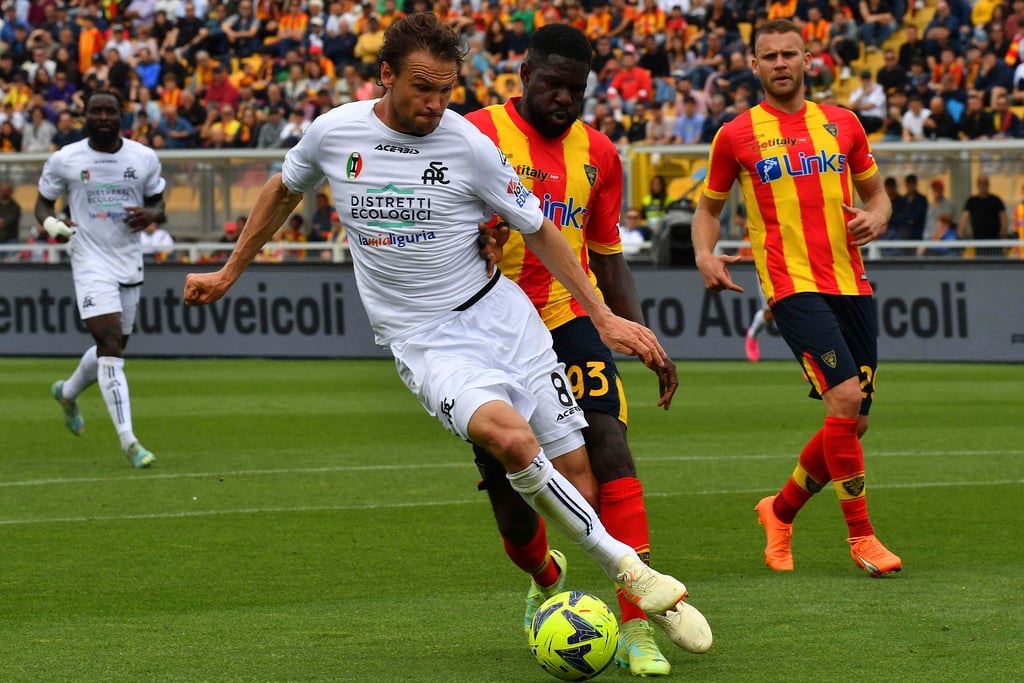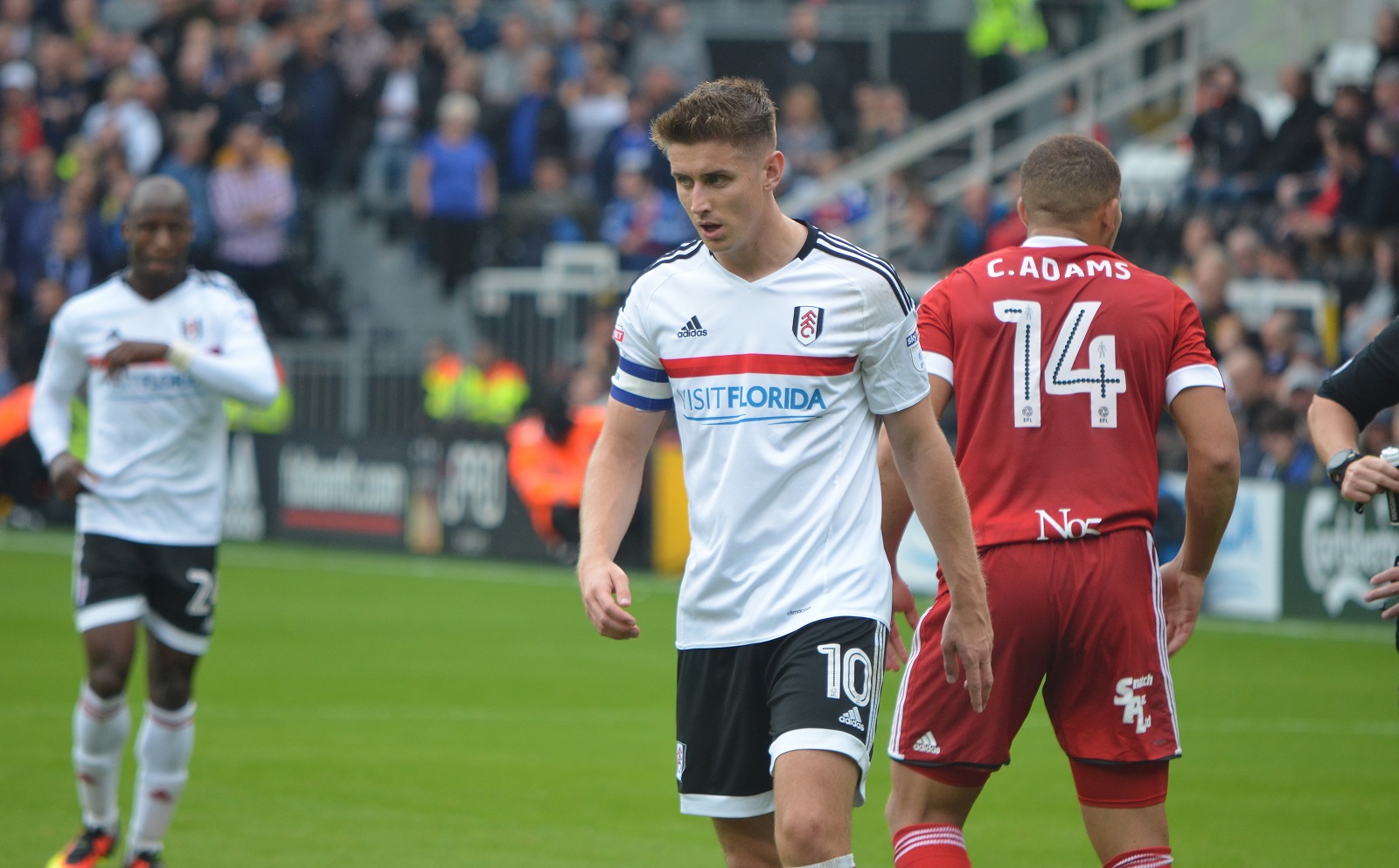

Everton’s home strength meets Fulham’s away misery when the two teams face each other in a real basement battle at Hill Dickinson Stadium on Saturday. With only one point separating them in the table, Everton in 14th place with 12 points and Fulham in 15th with 11, this match could be decisive for the rest of the season for both teams. The bookmakers see Everton as slight favorites, but recent head-to-head matches and the current form of both teams promise an open game.
- Venue: Hill Dickinson Stadium, Liverpool
- Date and time: November 8, 2025, 4:00 p.m.
- Competition: Premier League (Matchday 11)
Tip 1: Everton home win (odds ~3.4): Everton benefits from its home strength, David Moyes’ impressive record against Fulham (19 wins in 32 matches), and Fulham’s disastrous away streak with four consecutive losses and only one point from all away games. Despite market odds of around 2.2, a bet on Everton at 3.4 appears value-oriented, as the data suggests a clear home dominance. Tip 2: Both teams to score (BTTS): Everton have conceded at least one goal in every league game this season, and without the injured Branthwaite, their defense remains vulnerable. Fulham have scored in four of their last five games and have attacking players in Wilson and Sessegnon who can create chances. The susceptibility of both teams to concede goals makes BTTS a logical choice. Tip 3: Double chance Everton or draw: This hedge combines Everton’s favoritism and Moyes’ winning streak against Silva with protection against a surprise Fulham performance. Given Fulham’s poor away record and Everton’s recent unbeaten run in head-to-head matches, the double chance offers a good risk balance. Additional notes: The betting markets are pricing Everton at around 2.2, which seems more conservative than the available data suggests. Factors such as Pickford’s return to Sunderland or possible transfers, such as the observation of Franculino Dju, are emotional or future-oriented and do little to change the short-term game prediction.
Everton Form & Record Check
Everton is going through a mixed phase with only one win in seven league games, most recently a 1-1 draw at Sunderland after clear defeats against Manchester City (0-2) and Tottenham (0-3). While the defense is showing weaknesses, the most pressing problem is in attack. Their conversion rate is alarmingly low. Thierno Barry is still waiting for his first competitive goal, while Beto has failed to live up to expectations with only two goals this season. Missed chances, such as Barry’s big opportunity against Sunderland, symbolize the problem: many opportunities are not being converted. Everton often start well but frequently lose control after halftime. In four of their last five games, they have lost the second half or let the game slip away, suggesting problems with game intensity, tactical adjustment, or a lack of depth in the squad. The defense around Tarkowski and Keane seems more vulnerable than expected, with Branthwaite’s absence until the end of January exacerbating the situation. Everton have conceded goals in each of their last five games, another warning sign for their defensive stability. With 12 points and in 14th place, Everton’s position in the table is fragile, level on points with Newcastle and just ahead of Fulham. Without reinforcements in attack, there is a risk of continued nervousness and the danger of slipping deeper into the relegation zone. In the short term, Moyes and his team should work on fitness, mentality, and tactical flexibility, especially with regard to pressing management and substitution concepts in the second half. The signing of a reliable striker appears urgent, with names such as Franculino Dju from Midtjylland fitting the bill well due to his current goal-scoring prowess. Everton needs two things: a quick improvement in converting chances and tactics over 90 minutes, as well as at least one noticeable quality reinforcement in attack in January.

Manager David Moyes is likely to stick with his 4-2-3-1 system. Jordan Pickford will be in goal, Coleman will occupy the right side of defense, James Tarkowski and Michael Keane are expected to form the central defense, while Vitaliy Mykolenko will play at left back. The defensive double six is likely to consist of Idrissa Gueye and Lewis Garner. Branthwaite is still out with a thigh injury and is not expected back until the end of January. Naby Ndiaye, Harry Dewsbury-Hall, and Jack Grealish could form the attacking triangle behind lone striker Dwight McNeil. A key problem remains the lack of goal threat: the attacking players have shown too little finishing power in recent games. McNeil is still waiting for his first goal for Everton and recently missed a great chance against Sunderland.
Fulham Form & Record Check
Fulham are going through a difficult phase and are currently 15th in the table. After four consecutive defeats, a 3-0 home win against Wolves finally stopped the negative run. Their away form is particularly alarming: only one point from four away games, which is a joint negative record in the league, and four consecutive away defeats. In each of these games, Fulham conceded at least one goal, despite occasionally scoring themselves. The recent clean sheet victory against Wolves was only their second in 19 Premier League games, a clear indication of ongoing defensive problems. The half-time dynamics are striking: in the last five games, no more than 1.5 goals were scored at half-time, while the second half was regularly more turbulent. Jiménez is back and remains Fulham’s top scorer with seven league goals. Robinson is still out with knee problems, leaving Sessegnon to take over the left side of defense, where he has been surprisingly productive with two goals. Iwobi has recently impressed in a more defensive midfield role, although Silva must decide whether to keep him there or deploy him in a more attacking role again. In the tight battle at the bottom of the table, Fulham are just one point behind Everton, with Leeds level on points behind them. After the win against Wolves, the main focus now is on finally picking up points away from home and not getting caught in a downward spiral again.
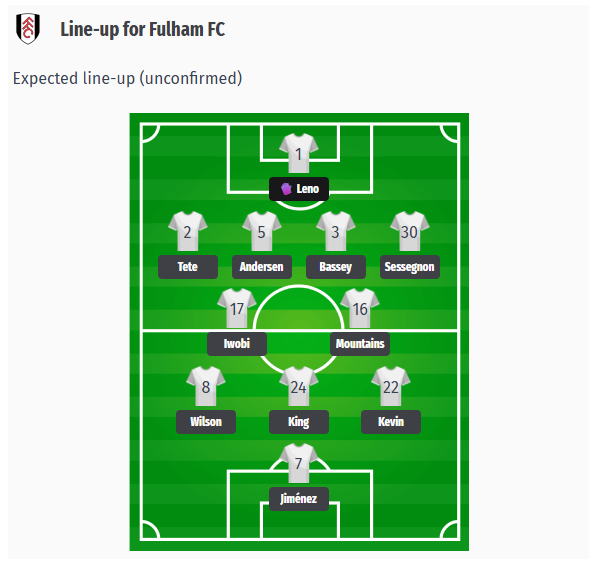
Marco Silva is expected to field Fulham in his usual 4-2-3-1 formation. The only real personnel concern is Antonee Robinson, who has been out with knee problems since the end of September. Ryan Sessegnon has established himself at left-back in Robinson’s absence and is likely to keep his place. The question of who will play in midfield remains interesting: Alex Iwobi played in a deeper role alongside Sander Berge against Wolves. Silva must decide whether Iwobi will remain there or move into attacking midfield to make room for Saša Lukić. Up front, Raúl Jiménez is likely to be the first choice ahead of Rodrigo Muniz again after his return and start against Wolves.
Everton – Fulham Head-to-head & statistics
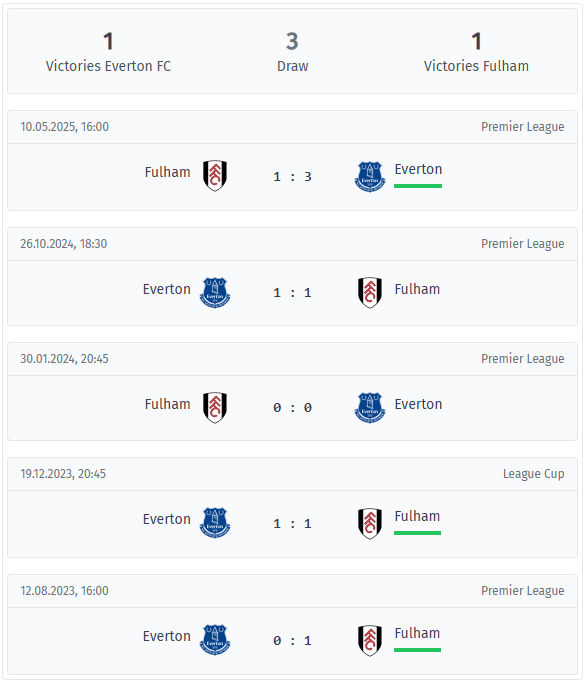
The last five meetings between Everton and Fulham have been evenly matched, with one win each and three draws. The most recent game in May 2025 ended 3-1 to Everton away, preceded by a 1-1 draw in October 2024 and a 0-0 draw in January 2024. Four of the five games saw a quiet first half, with less than two goals scored before the break in 80% of the games and the score often level at half-time. Overall, the matches were mostly low-scoring, with four consecutive games seeing fewer than 2.5 goals. Fulham scored regularly, while Everton conceded at least one goal in four of the five games. The exception was the League Cup quarter-final in December 2023, which was decided on penalties (7-6 to Fulham) after a goalless extra time, the only game in this series to go to extra time. Both teams are defensively solid against each other. There were no big goal fests in the series under review, and many games were quiet and evenly matched in the first half.

